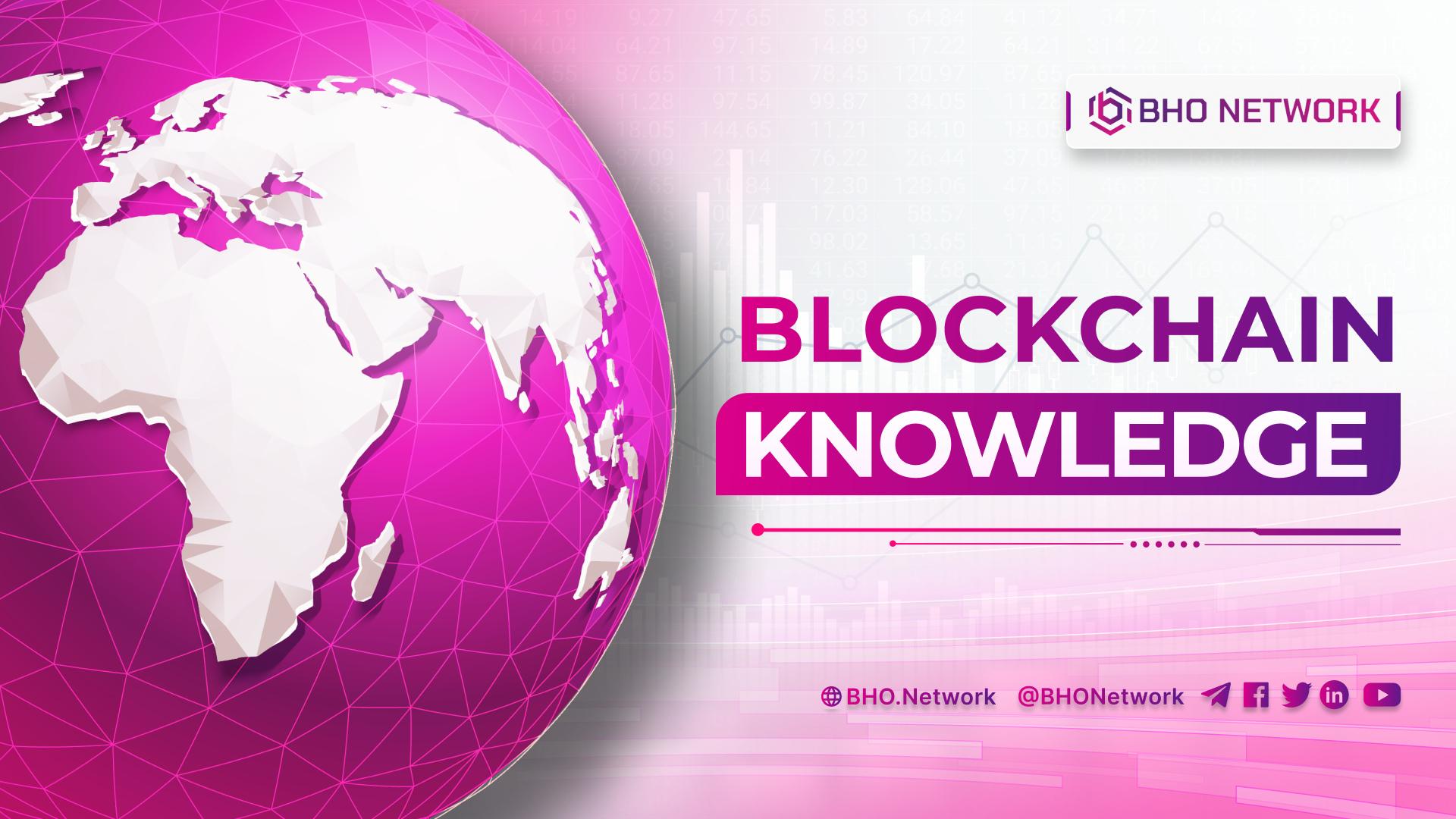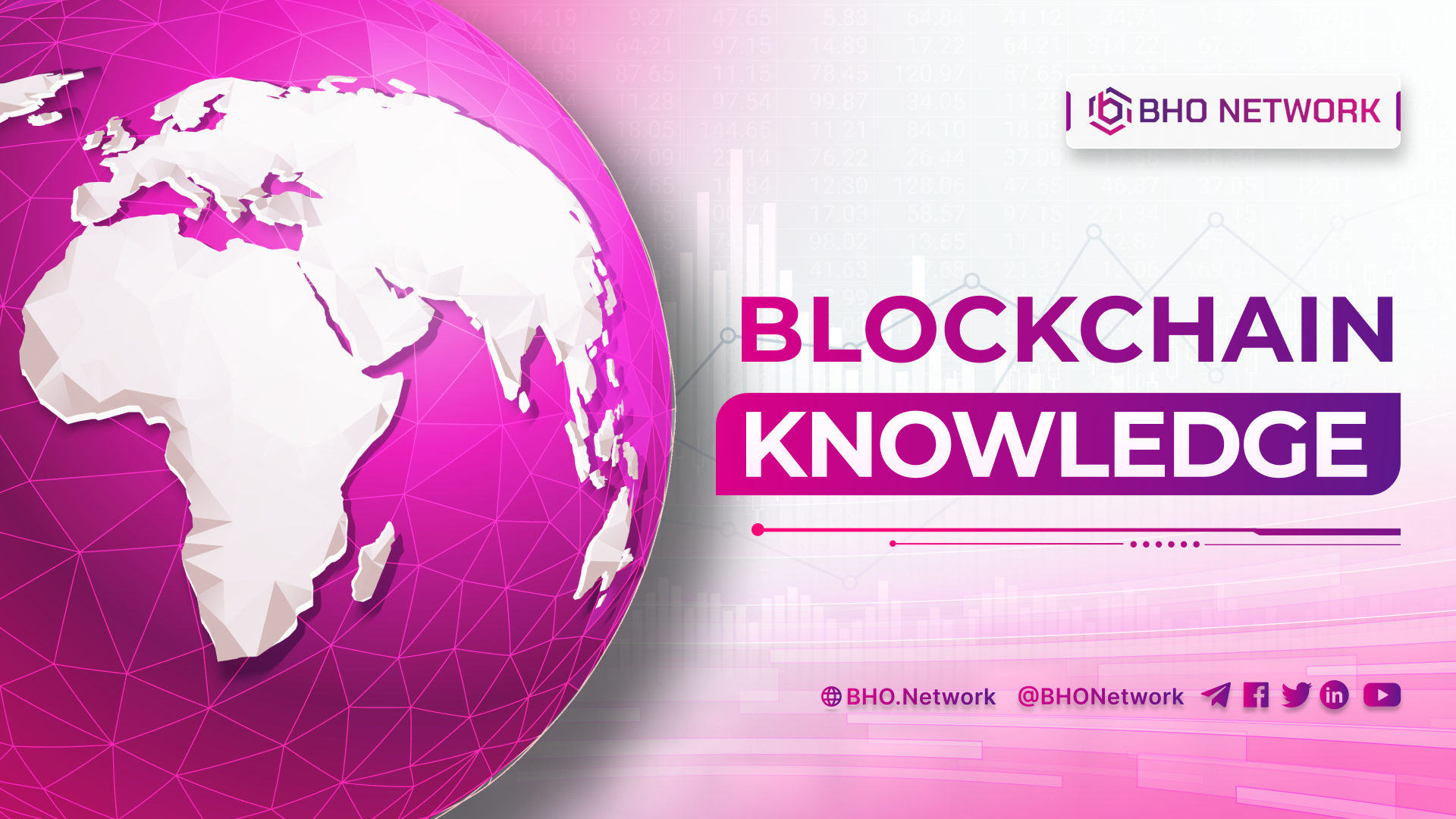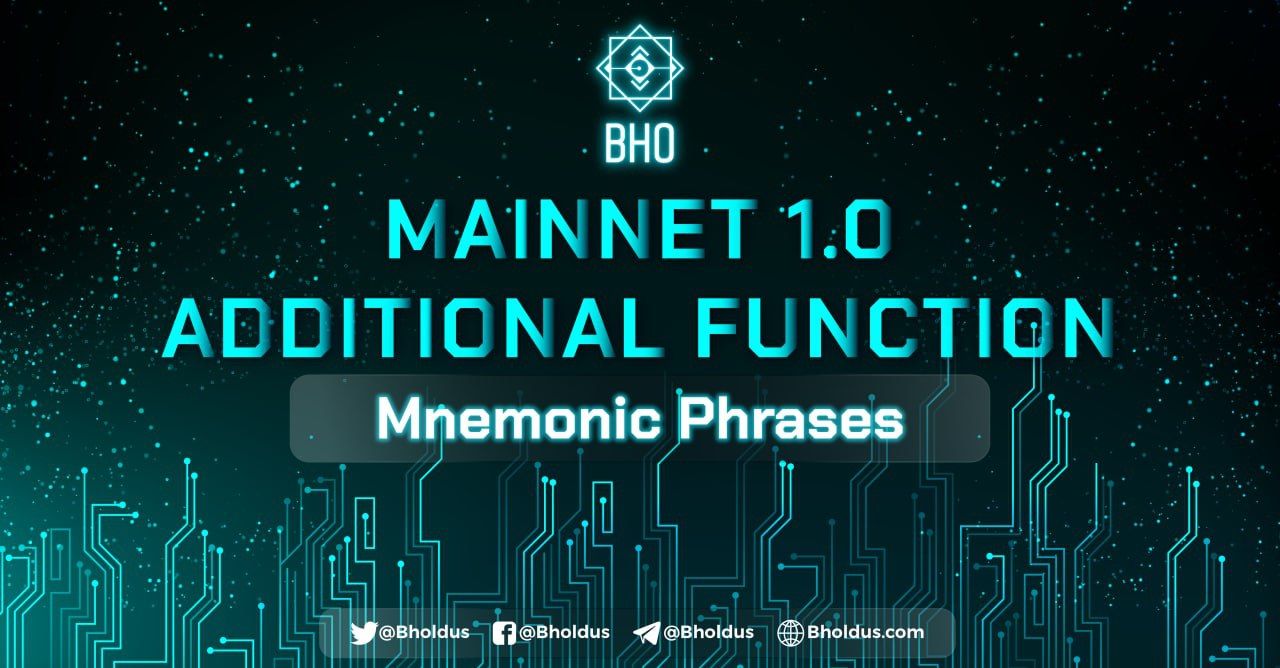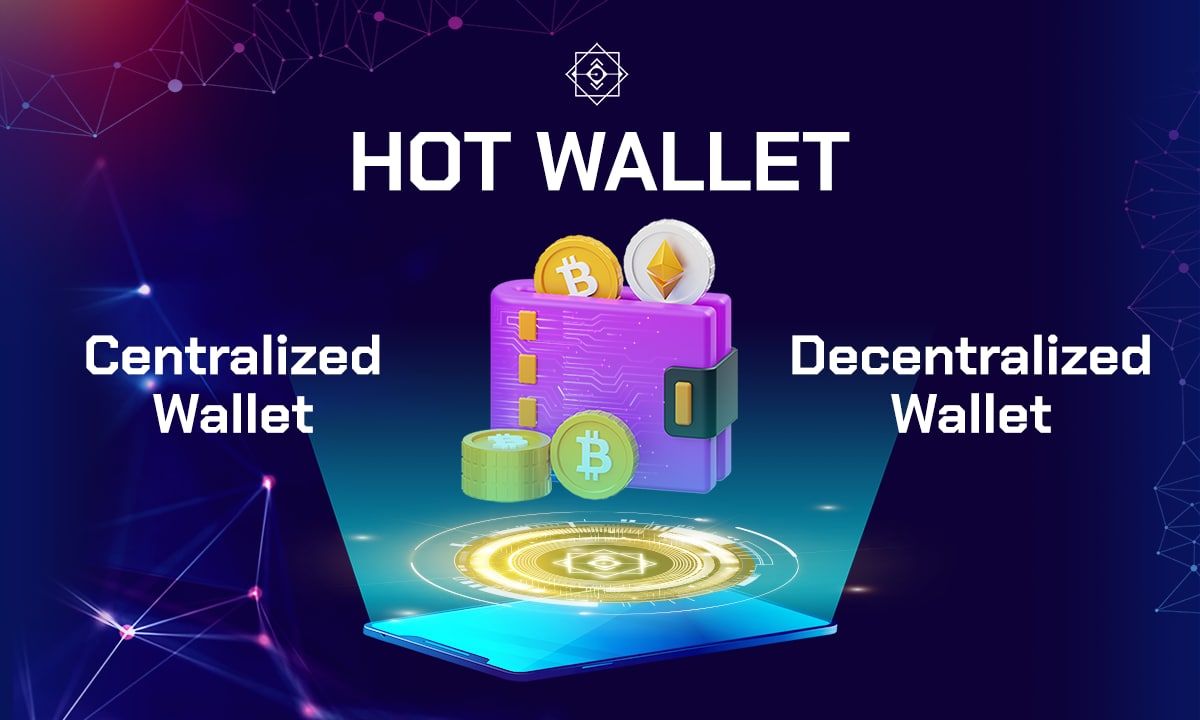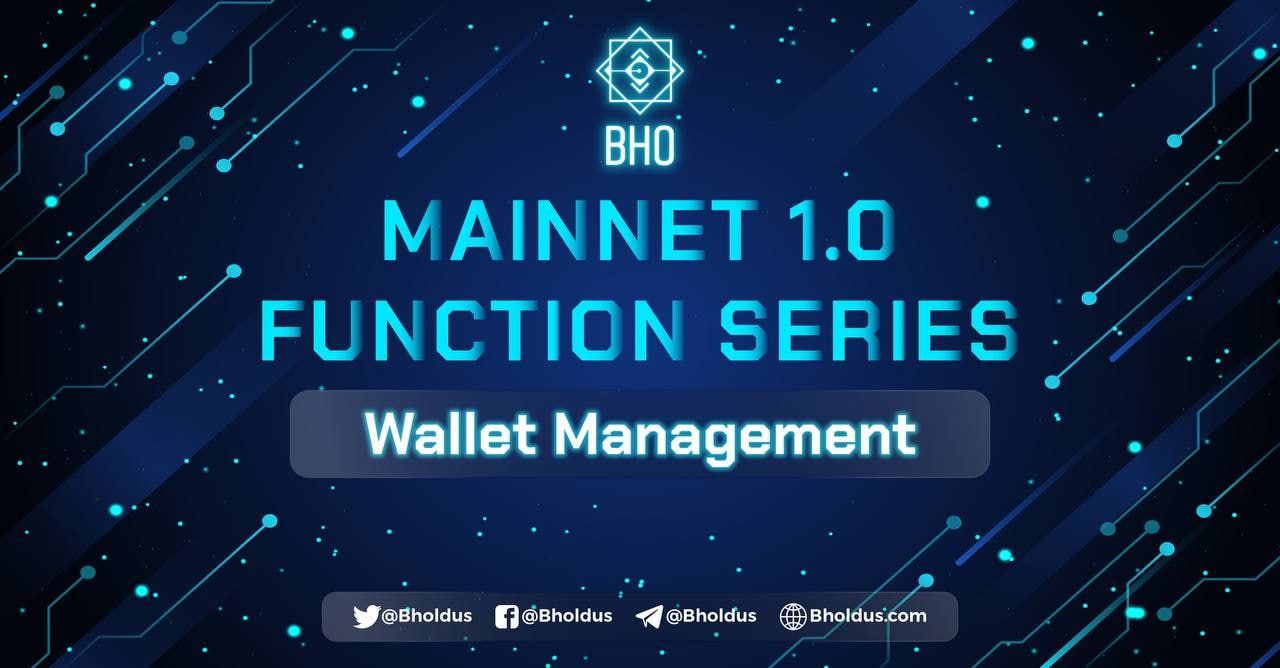- Blog
- Crypto News
- What is Proof of Authority (PoA)? How does it work?
What is Proof of Authority (PoA)? How does it work?
- 1. What is Proof of Authority (PoA)?
- 2. What problem does Proof of Authority (PoA) solve?
- 2.1 PoW (Proof of Work)
- 2.2 PoS algorithm (Proof of Stake)
- 2.3 Proof of Authority (PoA) algorithm
- 3. The working mechanism of Proof of Authority
- 4. Pros and Cons of Proof Of Authority
- 4.1 Pros
- 4.2 Cons
- 5. Blockchains that use the PoA algorithm
- 5.1 xDai from MakerDAO
- 5.2 ZINC
- 6. Why is PoA superior to PoW and PoS?
What is Proof of Authority? What problems does the PoA algorithm solve in Blockchain? These are the questions that many people in Metaverse will think of as soon as they hear PoA. Today, let's read the following article of BHO Network for details!
1. What is Proof of Authority (PoA)?
PoA stands for Proof of Authority. It's a reputation-based consensus algorithm, giving Blockchain a more practical and efficient solution.
Proof of Authority is another variation of the POS (Proof of Stake) consensus mechanism in which the algorithm values the identity and reputation of the participants rather than the value of the Token they are holding.
The PoA model is based on a limited number of Validators and makes it easily scalable. Participants approve blocks and validate transactions. They act as moderators of the system.
2. What problem does Proof of Authority (PoA) solve?
Before the PoA algorithm, there were many other algorithms in DeFi, such as PoW and PoS. Each algorithm has different advantages and disadvantages.
2.1 PoW (Proof of Work)
Algorithm PoW algorithm ensures decentralisation when hundreds and thousands of computers participate in transaction validation. The security of PoW is relatively high. However, this algorithm still has some disadvantages.
- Vulnerable: The algorithm has a 51% chance of being hacked.
- Slow transaction speed and overpriced transaction fees: Blockchain relies on a network of many distributed nodes. When a new transaction is added to the block, it must be verified, agreed and approved by most Nodes. This makes the PoW algorithm still ensure decentralisation and high security, but it is difficult to bring about extensive scalability. Since the number of transactions per second (TPS) is low and transaction costs are high.
- Energy Consumption: Each PoW Algorithm requires a lot of computational effort and specialized equipment.
2.2 PoS algorithm (Proof of Stake)
The PoS algorithm was born after PoW to ensure decentralisation, high security and energy consumption. PoS has a higher transaction speed than PoW. This algorithm opens the door to sharding and scalability for the Blockchain network.
However, it still has some disadvantages, such as the possibility of being attacked by up to 51%. Pos still maintain low transaction speed and above-average network scalability. Moreover, the biggest disadvantage of PoS is that it reduces the motivation of Validators to participate in protecting the network.
2.3 Proof of Authority (PoA) algorithm
So what does PoA solve? The introduction of the PoA algorithm marked a development step in Blockchain.
PoA helps to solve four problems that PoW and PoS are facing:
- Inexpensive energy: PoA does not require as much computing effort and equipment as PoW.
- Absolute security: If they want to be validators of transactions, Validators need to build a reputation and verify identity on the network. This mechanism helps to ensure that the validation results are valid and do not depend on any party.
- Fast transaction speed and great scalability: When a new block is formed, the system will randomly select a Node to participate in the transaction validation process and start adding this block to the network upon the consensus of other Nodes.
- Provide a stronger financial incentive for validators to operate: The PoA model does not need to care about the currency difference between the validators. This keeps network validation participants motivated.
Read more: What is Cloud Mining? Learn the basics of Cloud Mining
3. The working mechanism of Proof of Authority
Proof of Authority limits the number of Validators, so the algorithm makes Blockchains more scalable. Blocks and transactions moderated by Validators are more reliable than before because PoA owns Identity-Validated Nodes.
The Validators must run the application to receive transaction requests into the block. But since PoA is a fully automated model, there is no need for validators to monitor the computer for updates constantly. However, the administrative computer and Web site must always be kept up and running.
Validators have the same conditions and powers. That means they have a chance to create a new block and get the same number of rewards. PoA works as follows:
-
First, the system will randomly select a Validator to receive transaction validation and create a new block on the Blockchain platform. This Validator will have to depend on the voting system of the previously authorised Validators.
-
Each Validator then validates the transaction in the Blockchain. Upon successful validation, they will receive a reward from the transaction fee.
-
On the other hand, if a validator cannot ensure smooth transactions in the system or harms the network, their reputation will be immediately degraded. Simultaneously, the system will permanently deprive their right to authenticate.
4. Pros and Cons of Proof Of Authority
Each consensus algorithm will have both advantages and disadvantages. The PoA algorithm is no exception. Here are some pros and cons of PoA compiled by BHO Network.
4.1 Pros
- Fast transaction speed and extensive network scalability: Each new block is generated in 5 seconds.
- Low transaction costs: Thanks to its fast transaction processing speed, PoA has lower transaction costs than other algorithms.
- Requires no computational effort and specialised equipment: PoA is a more energy-efficient solution for maintaining and operating the network than other algorithms.
- High security: Participants who confirm transactions must go through stages of identity verification and use a measure of trustworthiness. Therefore, the PoA algorithm eliminates attacks.
4.2 Cons
- Loss of decentralisation: Because there are very few Validator Nodes, the PoA network is very decentralized.
- Validators are vulnerable: Validators' identities are public on the network. Therefore, some Validators could be exploited and manipulated by third parties.
- Low decentralisation: Only a specific group of people have the authority to validate the block.
- The probability of becoming a validator is not high: PoA networks are usually only accepted by people with longstanding reputations as transaction validators. Therefore, it is difficult for newcomers to become validators of the network.
Read more: What is Mining Pool? How Mining Pool Works?
5. Blockchains that use the PoA algorithm
PoA allows companies to maintain security by leveraging Blockchain technology. This protocol is often used by private Blockchains.
5.1 xDai from MakerDAO
xDai is an example of using the PoA protocol. The POA Network is the first project to launch a Blockchain where the Stable Chain's Foundation Token will be against USD. The xDai chain is an Ethereum-compatible sub-chain, where Dai is used as the foundation currency of the network.
The xDai chain is a new network in development created by POA Network. xDai is the representation of Dai on the network against the base currency. All Gas transactions and expenses will be done using xDai.
5.2 ZINC
ZINC uses the PoA system for advertising purposes, with a solution that allows for improved scalability and the lack of fees when transacting. The project is still being developed using the Ethereum alliance network with the POA consensus mechanism.
Enables the system to offer lower network costs, reduce latency and address the consensus model scalability concerns. The Ethereum Clique proof-of-authority system allows community members to authorise transactions by choosing permission nodes.
6. Why is PoA superior to PoW and PoS?
Because Bitcoin's PoW consensus algorithm is not scalable despite being considered reliable. Bitcoin and PoW-based Blockchains will have minimal transaction per second (TPS) performance.
This happens because for Bitcoin to have a new block of transactions confirmed, it must be verified and agreed upon by most of the network nodes. Despite the number of transactions per second, Blockchain PoS generally performs much better than Bitcoin.
But that difference is not very impressive, and PoS's network also does not solve the scalability problem. In contrast, the PoA system can be seen as the best solution for individual blockchains due to its significantly higher performance.
Related posts:
- What is Move to Earn? DeFi new trend details
- What is IPFS? Details about the potential of IPFS in Blockchain
Through this article, we hope you have the answer to What is Proof of Authority? and why PoA is a more efficient algorithm than PoS and PoW. If you still have questions, feel free to contact us. We'll try our best to reply ASAP. Don't forget to follow BHO Network on social media to get the latest news regarding of crypto market.
Published on July 21, 2022
Tagged topics
